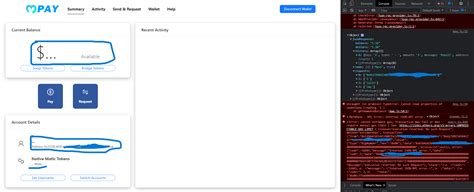Precisely Storing Bitcoin Values: A Guide to MySQL and Floating-Point Data Types
As the value of cryptocurrencies like Bitcoin continues to rise and fall, it is essential to have a solid understanding of how to store data precisely. In this article, we will examine the limitations of floating-point data types for storing Bitcoin values and suggest alternative solutions using MySQL.
The Problem with Floats: Precision Issues
Floating-point data types (such as “float” and “double”) are commonly used in financial applications, including cryptocurrency transactions. However, they have significant limitations when dealing with large amounts of money, such as Bitcoin. The big issue is precision: even the smallest value can exceed the maximum representable range of floating-point numbers.
For example, Bitcoin’s current block size limit (51 MB) is determined by its proof-of-work consensus algorithm. According to the Bitcoin protocol specifications, the total size of each block cannot exceed 1 MB. Using floats to store this value can easily exceed this limit, which can lead to data loss and potential corruption.
The Case of Decimal Data Types
To mitigate these issues, decimal data types (such as “decimal”) are often used in financial applications that require large amounts of money. The “decimal” field allows you to store a specified number of digits after the decimal point, ensuring that you do not exceed the maximum representable range.
You can create a decimal column in MySQL using the following syntax:
CREATE TABLE wallets (
id INT PRIMARY KEY,
balance DECIMAL(18, 8) DEFAULT 0.0
);
Here, “DECIMAL(18, 8)” means a field with 18 digits after the decimal point and 8 digits before it (i.e. two decimal places). The “DEFAULT 0.0” clause sets the initial value of the column to 0.
Workarounds: Other Data Types
While “decimal” is a great way to store Bitcoin values, it’s not the only option. Here are some alternative data types you might consider:
- Big Integer (BigInt): Similar to decimal, but uses a fixed-width integer format instead of floating-point numbers.
CREATE TABLE wallets (
id INT PRIMARY KEY,
balance BIGINT DEFAULT 0
);
- BINARY_FLOAT
: A binary data type that represents floating-point numbers in a compact form. However, it still suffers from the same precision issues as floating-point numbers.
CREATE TABLE wallets (
id INT PRIMARY KEY,
balance BINARY_FLOAT
);
- NUMERIC
: Similar to “decimal”, but uses a fixed-width integer format instead of decimals.
Conclusion
Storing Bitcoin values in a MySQL database using Decimal, BigInt, or binary floating-point data types can be a good solution for most use cases. However, if you need more precision or don’t mind sacrificing performance, consider exploring alternative solutions such as large integers or numeric data types.
Always remember to thoroughly test your design and consider your application’s specific requirements before deploying it.
Example Use Case
Here is an example of how you can store Bitcoin wallet balances using MySQL:
INSERT INTO wallets(id, balance)
VALUES(1, 10.00000000);
In this example, we will create a new record with an “id” of 1 and a “balance” of 10.0 BTC, which we will store in the column “DECIMAL(18, 8)”.
You can use decimals or other data types to ensure that Bitcoin wallet values are displayed and stored accurately in the MySQL database.







